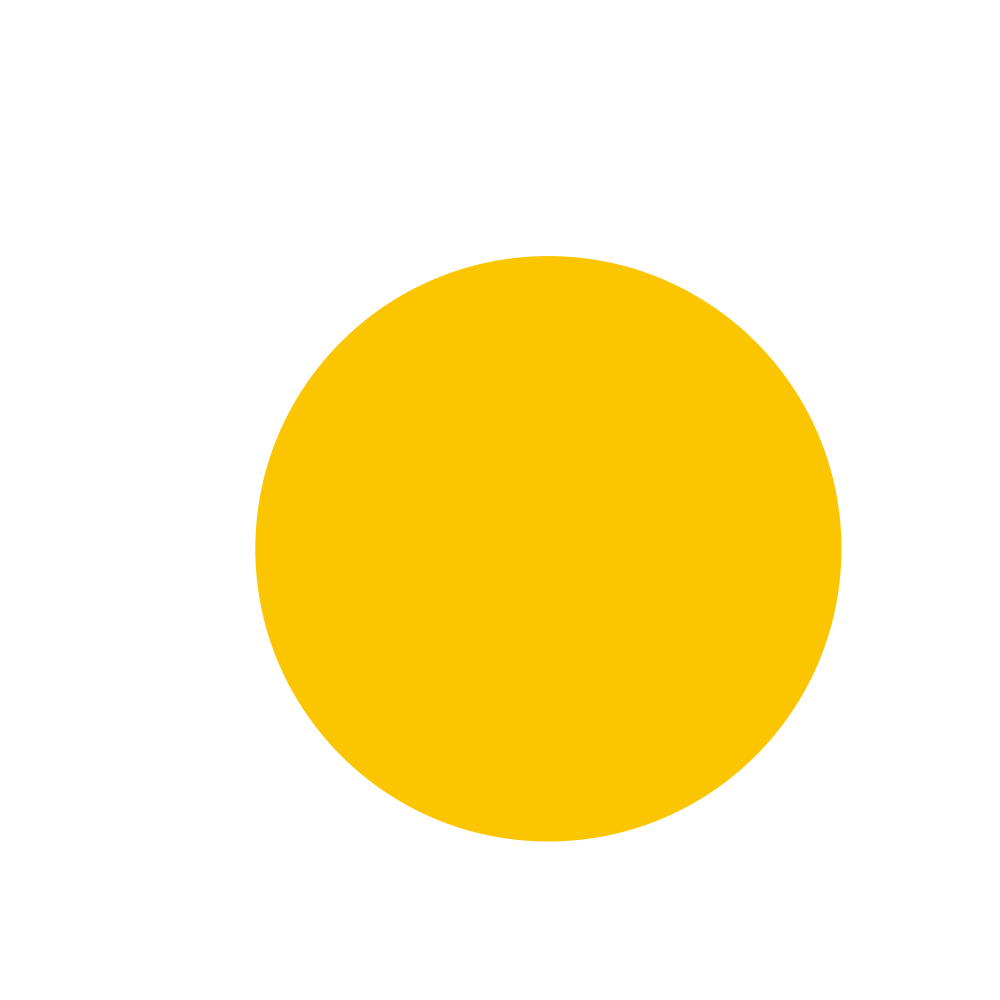Applicants who have completed
- the Finnish matriculation examination,
- International Baccalaureate (IB) diploma,
- European School’s European Baccalaureate (EB) diploma or
- Reifeprüfung (RP) diploma or Deutsches Internationales Abitur (DIA) diploma in Finland
are considered in certificate-based admissions.
In certificate-based admissions, the applicants’ matriculation examination certificates are scored, and applicants who have received the highest certificate scores are admitted. This page explains more about the scoring of matriculation examination certificates.
You can read about other possible admission procedures in the admission criteria for each programme in Studyinfo.
All applicants must also prove sufficient language proficiency. Read more about proving language proficiency.
The certificate points are calculated based on your matriculation examination grades, using the combination of subjects for which you score the highest points. The matriculation examinations considered in certificate-based admissions are the Finnish matriculation examination, IB and EB diplomas and RP and DIA diplomas completed in Finland. If you have taken tests related to several matriculation examinations taken into account in the certificate-based admissions process, the certificate points are calculated by combining the tests that produce the most points for you.
The criteria for certificate-based admissions consist of four parts:
- subjects for which points are scored,
- scoring table,
- threshold criteria and
- minimum number of points.
The same subjects for which points are scored, the same scoring table and the same threshold criteria are used for all programmes in the same field. Note, however, that these may also differ between similar fields. Minimum number of points, which you must get in ordered to be considered in certificate-based admission, may vary by programme within the same field.
Subjects for which points are scored
You can score points for five subjects. The exact subjects are listed on the scoring tables.
Scoring table
The scoring table shows how many points you receive for each subject. Scoring tables vary slightly by field. As a result, you may receive a different number of points for the same subject when applying to different fields. The maximum number of certificate points also varies by field, depending on the type of scoring table used.
Threshold criteria
Threshold criteria indicate if you need to have a specific matriculation examination test taken in order to be considered in certificate-based admissions. In addition, a threshold criterion often specifies the minimum grade that you must have for the matriculation examination test in question. Threshold criteria are field-specific. However, threshold criteria are not used for all programmes.
For example: If the threshold criterion for a programme is achieving grade M in chemistry, the applicant has to achieve at least grade M in the matriculation examination test. If the applicant has not taken the test in chemistry or their grade in this test is A, B or C, they cannot be admitted through certificate-based admissions to the programme in question.
Criteria for equal points
Applicants who have scored the same certificate-based points are in the same position in the admission process. In such a situation, applicants shall be ranked by comparing the certificate points in subjects decided by fields.
Minimum number of points
You can be considered in certificate-based admissions only if you receive at least the minimum number of certificate points. Note that reaching the minimum number of points does not mean that you will be admitted, but your points will be compared to those of other applicants, and applicants who have received the highest scores are admitted. The minimum number of points is programme-specific. All programmes have not specified a separate minimum number of points. The possible minimum number of points is indicated in the admission criteria for each programme in Studyinfo.
